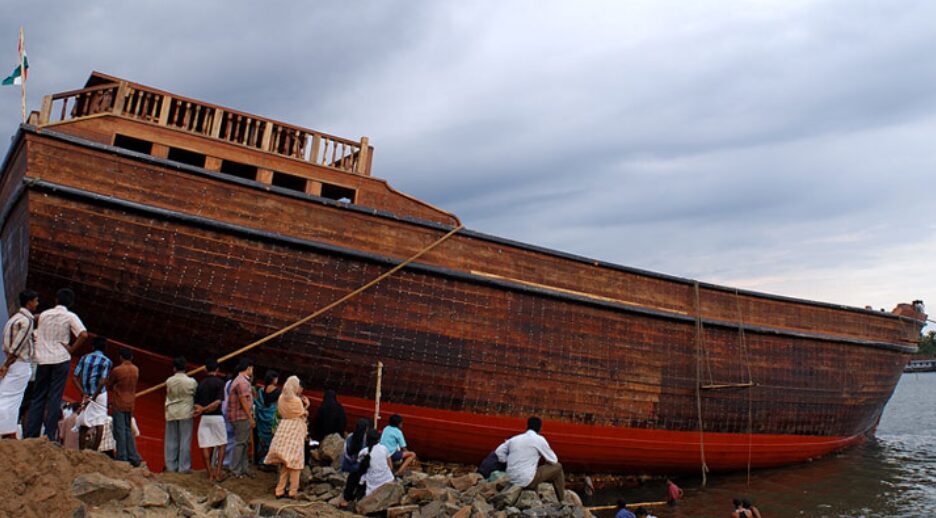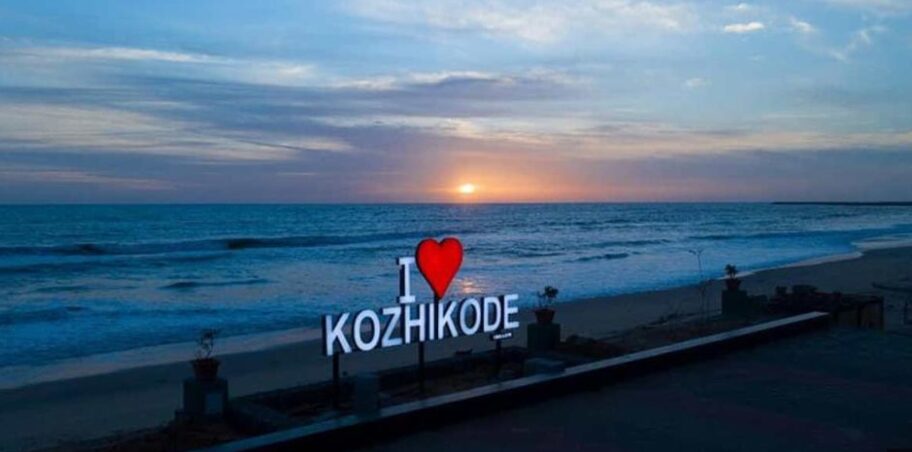Kozhikode is more than just a travel spot it’s a city where history lives on. Once known as Calicut, this coastal gem was a major hub of global trade for centuries. Here, the East met the West, and fortunes rose and fell with the tides. Exploring Kozhikode’s past isn’t about memorizing dates and names; it’s about uncovering a rich story of power, prosperity, and turning points that helped shape the modern world. Kozhikode became a major port city on the Malabar Coast and a key center of the spice trade from the 13th century. Though its roots go back to the Chera Empire during the Sangam period, the city truly took shape when the Zamorins (then Eradi rulers of Nediyiruppu) conquered the Polanad region and founded Kozhikode near Tali. They shifted their capital here to tap into maritime trade and built a fort (Koyil Kotta), which inspired the city’s Malayalam name.
The Spice Gateway of the East: A Global Hub

The Silk Road of the Sea: Long before Vasco da Gama, Arab, Chinese, and Jewish merchants flocked to Kozhikode’s shores, drawn by the allure of its black gold pepper. The city’s port was a key link in the global spice trade, connecting the plantations of the Malabar coast to the kitchens of Rome and the courts of the Ming Dynasty. This era of prosperity, under the rule of the Zamorins, turned Kozhikode into one of the richest and most cosmopolitan cities of its time.
The Dawn of a New Era: The Arrival of Vasco da Gama

The year 1498 is etched into the very soul of Kozhikode’s history. It was a moment that changed the course of trade, politics, and power dynamics across the globe.
The Unveiling of Kappad Beach: On May 20, 1498, a Portuguese navigator named Vasco da Gama landed at Kappad Beach, a few kilometers north of Kozhikode. This wasn’t just a simple visit; it was the culmination of a decade long quest to find a direct sea route to India, bypassing the overland routes controlled by Arab and Venetian merchants.
A Tale of Two Powers: The arrival of the Portuguese sparked a complex and often violent relationship with the powerful Zamorins of Kozhikode. While the Zamorin initially welcomed the newcomers, trade rivalries and conflicting interests soon led to decades of conflict. The story of this struggle is a fascinating narrative of diplomacy, betrayal, and naval battles.
The City of Zamorins: A Legacy of Rulership
The Zamorins, the hereditary rulers of Kozhikode, were not just kings; they were patrons of art, architecture, and religious harmony. Their reign, which spanned over seven centuries, left a lasting mark on the city.
Patronage and Protection: The Zamorins, while Hindu rulers, were known for their tolerance and patronage of other religions. This is evident in the iconic Mishkal Mosque, a magnificent example of Malabar Muslim architecture that was built with the Zamorin’s support and remains a symbol of religious co-existence.
The City’s Heartbeat: The Tali Shiva Temple, one of the oldest temples in the region, stands as a testament to the Zamorins’ deep religious roots. The temple was the site of the Revathi Pattathanam, an annual intellectual discourse and scholarly debate that was a major event in the kingdom.
Beypore’s Timeless Craft: Where Boats Met the Sea

The history of Kozhikode isn’t just confined to its city limits. The nearby port of Beypore, a historic satellite town, is home to a living piece of maritime history.
Building the ‘Uru’: Beypore has been famous for over a thousand years for its unique tradition of building massive wooden ships called Urus. These ships, built entirely by hand without a single blueprint, are a testament to the incredible skill of local craftsmen. A post on this tradition is a fascinating look at a dying art form that once powered the maritime trade of the Malabar coast and the Persian Gulf.
Kozhikode in the Modern Era: A City of Resilience
While the era of the Zamorins and the spice trade has passed, Kozhikode’s historical legacy continues to thrive. Today, the city stands as a beacon of cultural richness and heritage.
Literary Mecca: The city’s history of trade and cultural exchange has made it a fertile ground for literature and art. Kozhikode has produced some of the most celebrated names in Malayalam literature, earning it a reputation as a cultural and literary hub.
A City of Sculptures: Kozhikode has been officially declared the “City of Sculptures” (Shilpa Nagaram), a nod to its rich history and the public art that now graces its streets. These sculptures often depict figures and events from the city’s past, serving as a constant reminder of its storied history.
Today, Kozhikode stands as a testament to centuries of cultural fusion, maritime enterprise, and literary accomplishments, continuing to honor its heritage as Kerala’s “historic capital” and a UNESCO City of Literature.

